By Bruce Doorly

When soliciting remembrances about Beatlemania on the Facebook group for Bridgewater/Raritan High School Alumni, I quickly found that I had triggered many old memories about this special period in their lives.
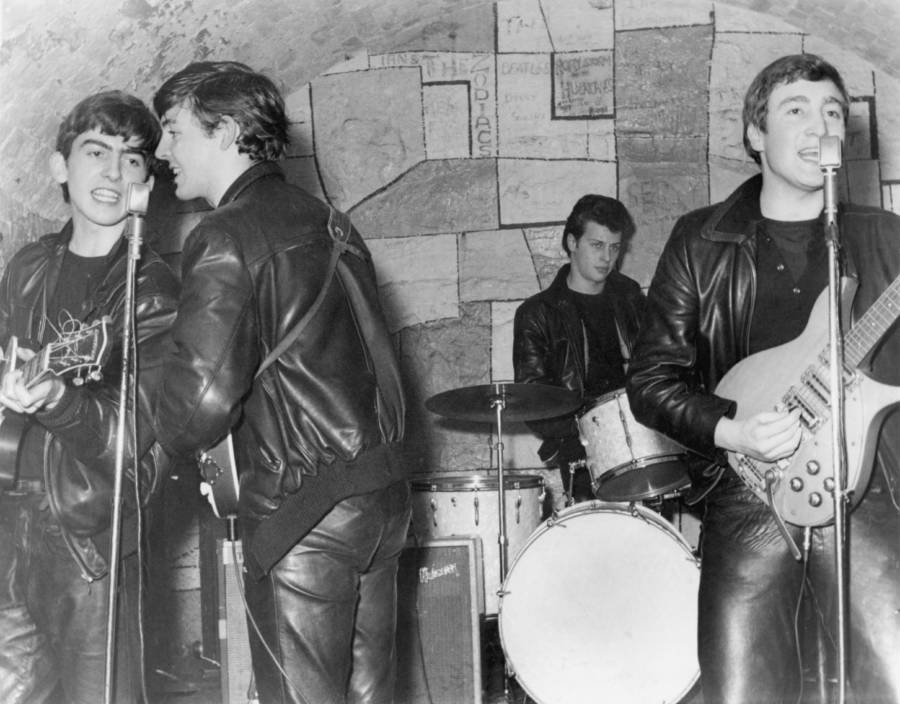
Coming from Liverpool, England, the Beatles consisted of John Lennon, Paul McCartney, George Harrison, and drummer Pete Best.
They had been performing for years in nightclubs when they received a recording contract in 1962. Their new manager had concerns with their drummer’s ability to play in the studio, which resulted in his firing. He would be replaced with their occasional stand-in from another band Ringo Starr.
Their first song released “Love Me Do” became a minor hit. Then, in 1963, the songs “From Me to You”, “Please, Please Me” and “She Loves You” topped the British Charts. Not only did the songs become hits, but the band found that the fans, mostly young girls, for some unknown reason screamed hysterically during their concerts. They even screamed at the sight of them when they were not performing.
George Harrison, Paul McCartney
Pete Best, & John Lennon

The United States media started to report on this British Beatlemania thing towards the end of 1963. This reporting often presented the band with their screaming fans as somewhat of a joke. But it was soon no joke to the youth of the U.S. In mid-December the new Beatles song “I Want to Hold Your Hand” was released in this country. It quickly vaulted to Number 1 on the pop charts.
The promotion of the band along the north east was led by disc jockey Cousin Brucie of WABC in New York. During this period the station identified itself as WA-Beatle-C.
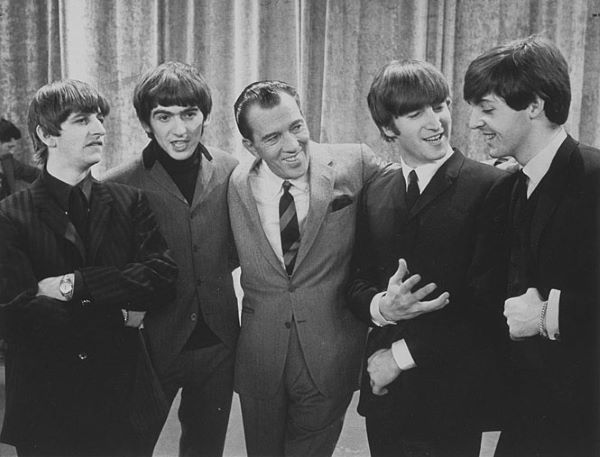
They were to appear on the Ed Sullivan show two days later. There was much anticipation for this event. An estimated 73 million viewers (two-fifth of the U.S.) watched them. It was the highest viewed television program up to that time. Unlike today, with countless videos widely available on the internet and cable television, in the 1960s, television and the movie theatres were the only mediums. Thus, the Ed Sullivan show would be the first time that their fans would see video of the Beatles singing live.
On that historic night, Ed Sullivan, after a few brief words, gave his famous introduction “Ladies and Gentlemen, The Beatles” – and with that popular music would never be the same. The screaming began immediately even before the Beatles began “All My Loving”. (For the record, the Beatles did sing “live” – they did not lip sync.)

Their third song was “She’s Loves You.” They exited the stage and after a few additional acts the Beatles returned performing “I Saw Her Standing There” and “I Want To Hold Your Hand”.
The Beatles did not disappoint their fans, and some critics of this mop-top “rock and roll” group were won over.
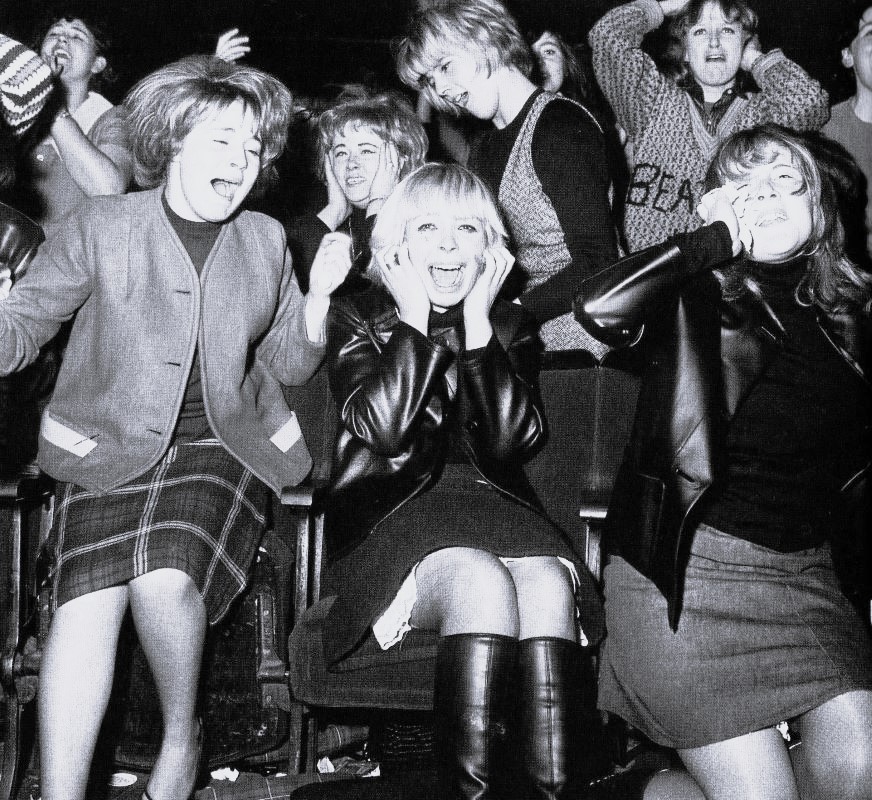
Soon after, in April of 1964, the Beatles had the top five singles on the pop charts.
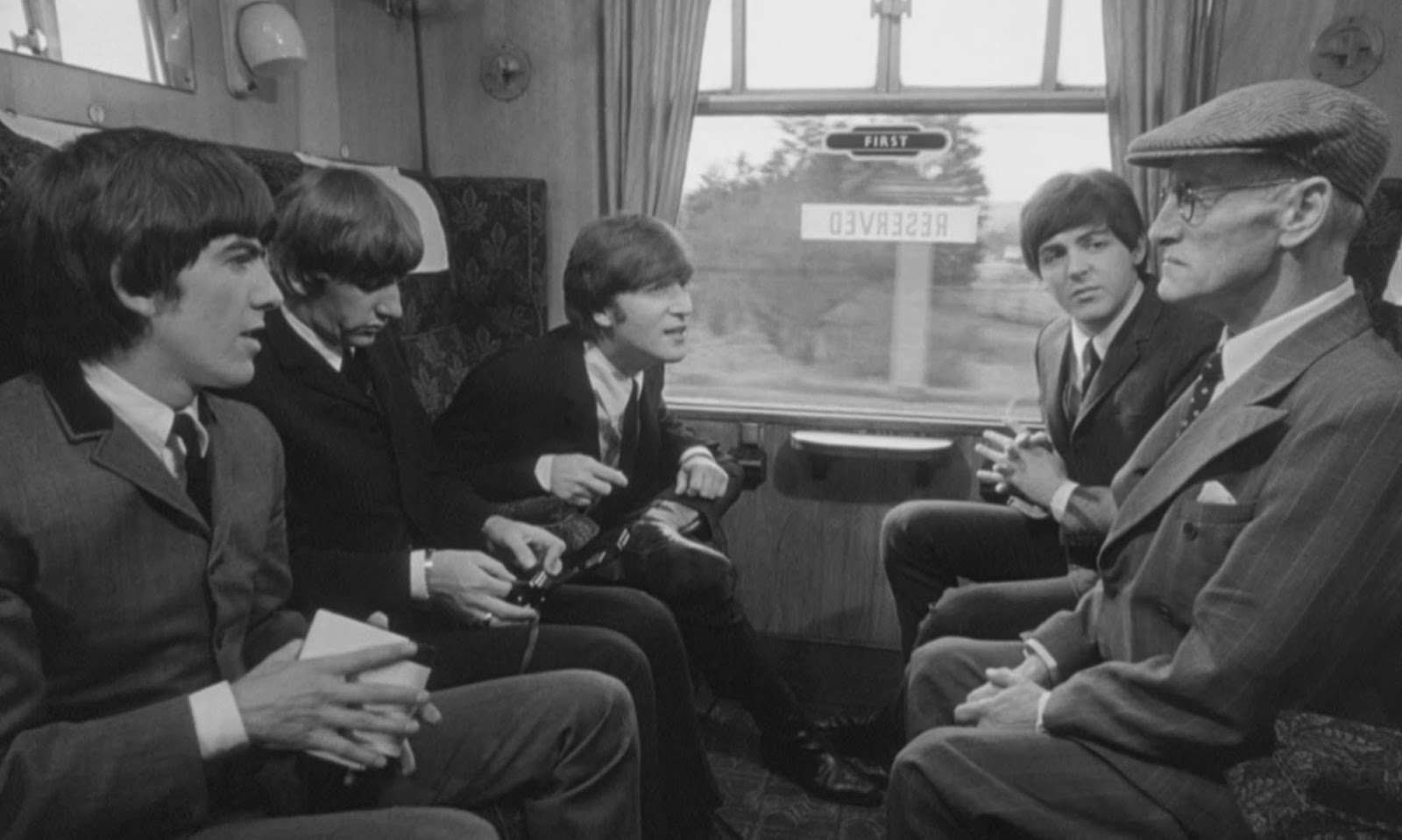
They politely defied authority and wanted peace in their private lives. The movie featured numerous songs - many that had clever supporting videos.
“A Hard Day’s Night” was a critically acclaimed box office hit. It was very influential. It is said that the film inspired the Monkees T. V. show and rock videos in general.
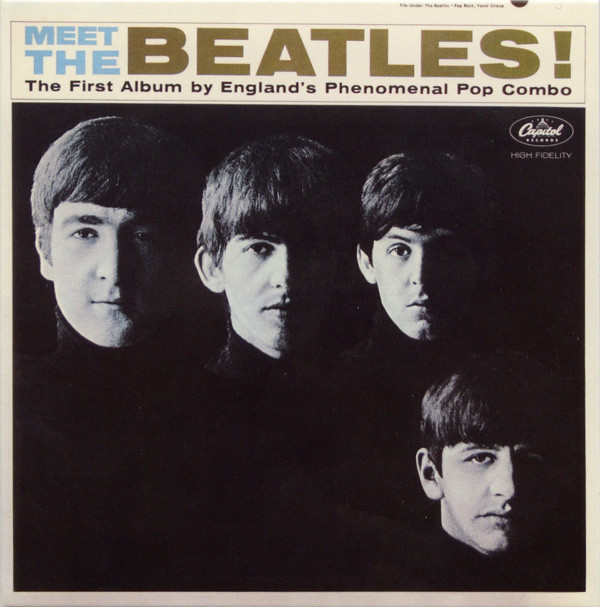
Robert Kowal said “That night on Ed Sullivan certainly changed my life!”
Frank Verano said “It was a whole new feeling in 1964. I was 14 and a different world opened up when they arrived.”
Marie Siciliano sat through “A Hard Day’s Night” nine consecutive times.
Lynn Stelmah said “The Beatles completely took over my life and I am still a fan today. I bought every magazine with a story about them. My bedroom walls were covered with posters and pictures of them. I have worked in the fine arts because of the Beatles.”
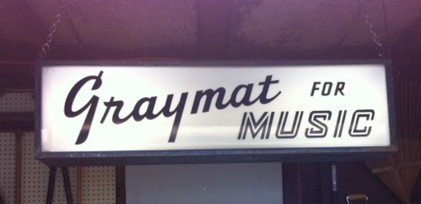
The singles purchased that first year among those not mentioned above included “Can’t Buy Me Love”, “Do You Want to Know a Secret”, “Twist and Shout” and “I Feel Fine”.
the Graymat sign survives in someone's basement

She and her friends, who were Beatles fanatics from the beginning, were just eleven years old when they all lied to their parents and traveled to New York City by bus. This was just to get a glimpse of the Beatles who were scheduled to arrive at the Paramount Theatre. A few seconds of fun were worth it as they screamed along with hundreds of other fans.
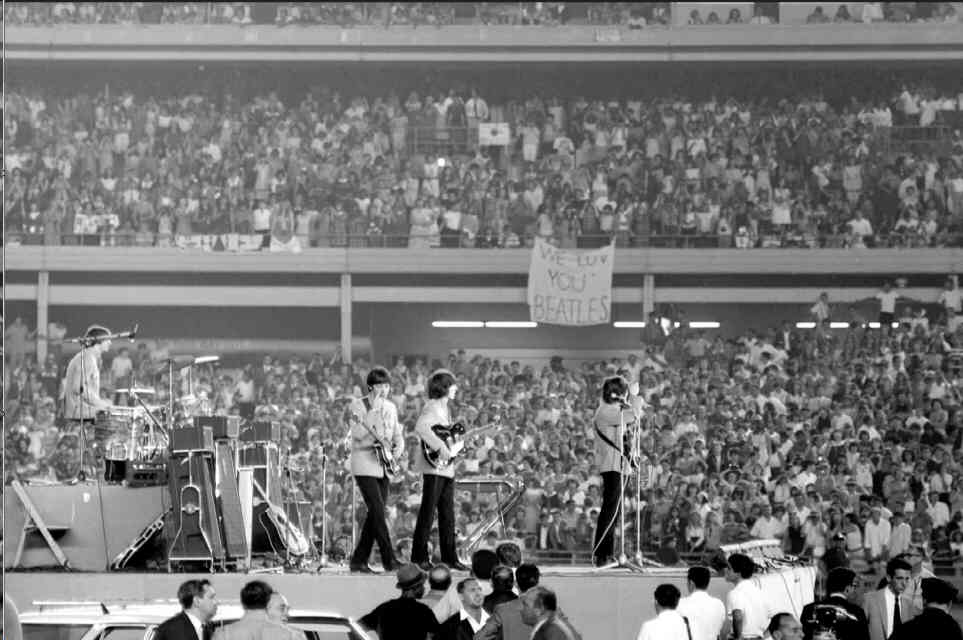
In 1965, when they had tickets to see the Beatles at Shea Stadium, they arrived many hours early to try to sneak into the Beatles’ hotel. There was a tremendous police presence, but a building under construction offered them a path into a random hotel window. Since Cathy was the smallest, she ventured first into the open window. But the window was to a bathroom and a very surprised gentleman was in it. She fled with her friends, but the police quickly caught them. Fortunately, they were only escorted off the construction site and told to leave the area.
Onto the concert they went. Cathy said “it was one of the most amazing events of my life.”
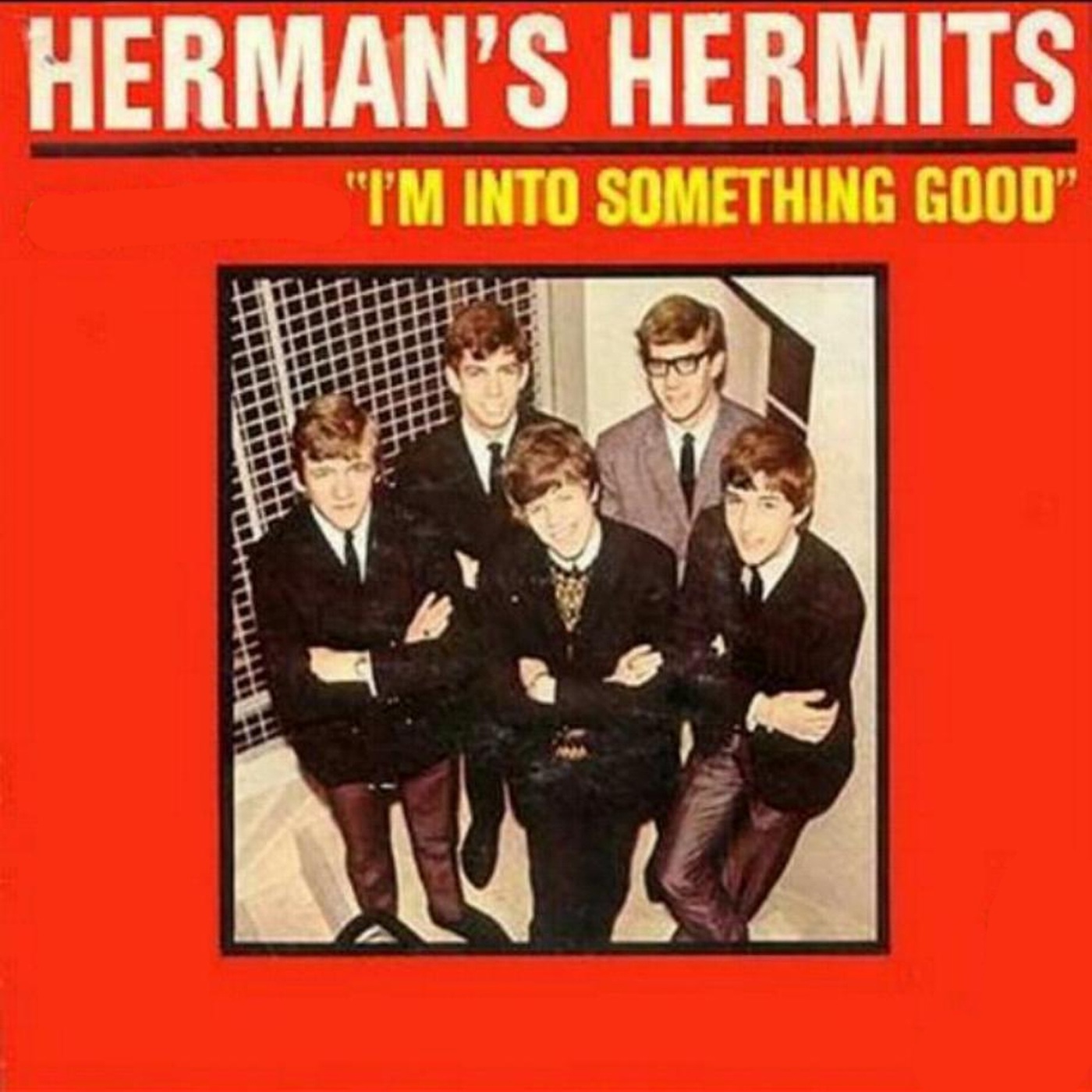
April 1965 when Herman's Hermits
tried to play at Manville High School
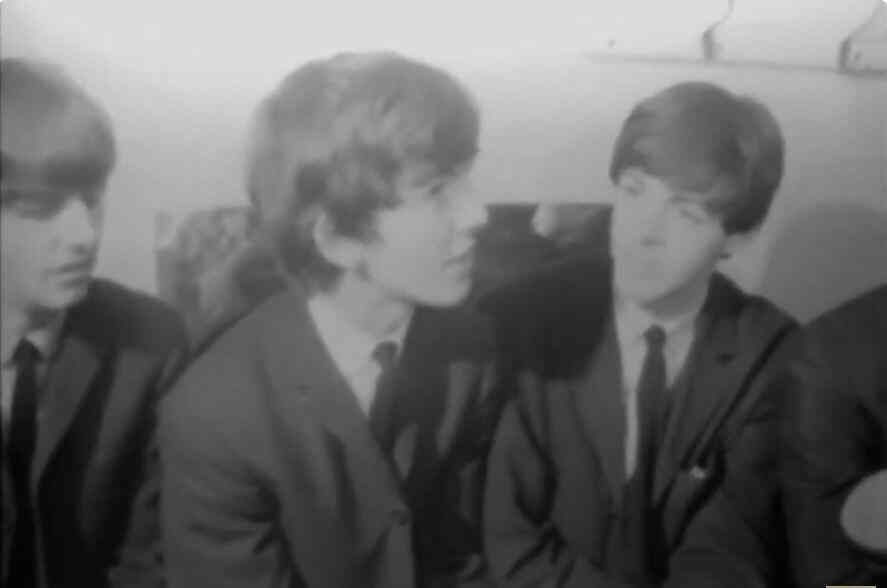
November 22nd 1963 - CBS Morning News (some part of audio is silent)
November 18th 1963 - Huntley-Brinkley Report (original audio only)
January 3rd 1964 - The Jack Paar Show